Cranford (1/2)
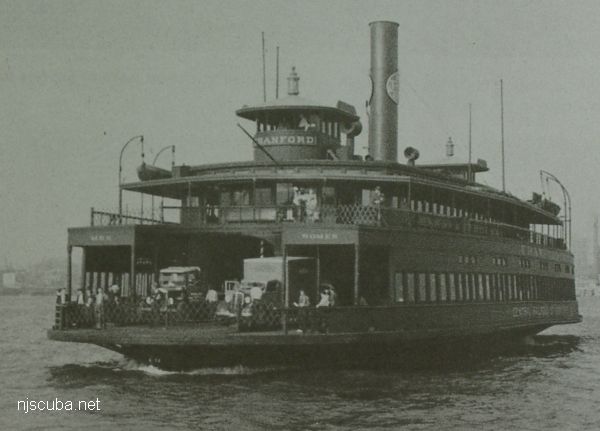
- Type:
- artificial reef, ferry, Central Railroad of New Jersey, USA
( sometimes incorrectly identified as a barge ) - Name:
- All CRRNJ ferries were named for New Jersey towns - Lakewood, Bound Brook, Red Bank, Plainfield, Elizabeth, Wilkes Barre, Cranford, Somerville, Westfield, and Bound Brook
- Built:
- 1905, Harlan & Hollingsworth, Wilmington DE USA
- Specs:
- ( 191 x 44 ft ) 1197 tons
- Sponsor:
- Ashley Development Corporation
- Sunk:
- Tuesday March 30, 1982 - Sea Girt Artificial Reef
- GPS:
- 40°07.447' -73°56.227'
- Depth:
- 70 ft
The Cranford was a propeller-driven, steam-powered, double-decker, double-ended ferry belonging to the now-defunct Central Railroad of New Jersey. She was built by the Harlan & Hollingsworth company in Delaware and was the third of five all-steel Elizabeth II-class sister ships. These ferries carried train commuters from the CRRNJ's combined rail/ferry terminal in Jersey City across the Hudson to points in Manhattan. The tracks dead-ended in the terminal, and the passengers walked through the building and completed their trip to New York on the ferries. At its height in the 1920s, the facility served over 50,000 people per day. Several other railroads ran smaller ferry operations in the area as well.
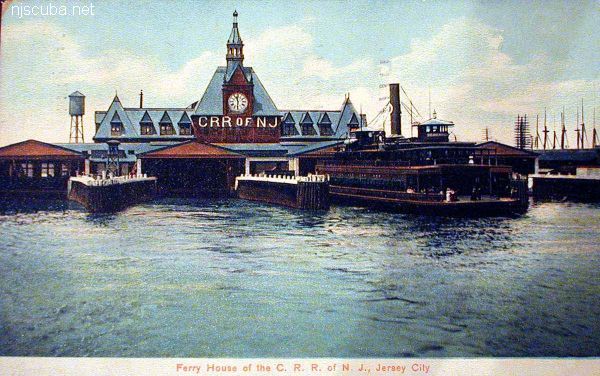
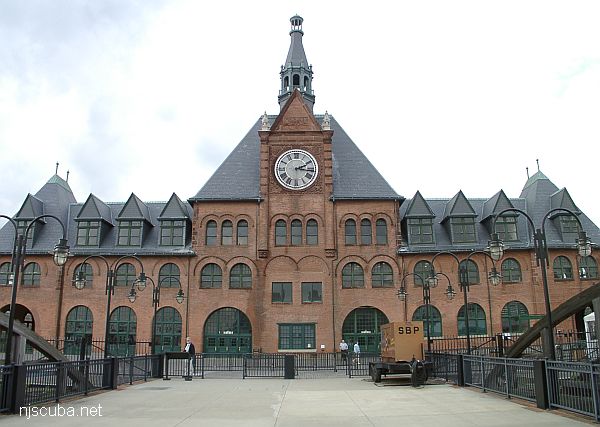
The CRRNJ Jersey City Terminal had 20 sets of tracks on the land-side, and 5 ferry slips along the riverfront, connecting to several smaller ferry terminals on the New York side. The slips remain, but the huge 1914 sheds that once enclosed them were razed in 1982. The adjoining train station remains as part of Liberty State Park. It is a beautiful and historic old structure of wrought iron and brick dating to 1889. The park also boasts the Liberty Science Center, easy access to the Statue of Liberty and Ellis Island, and a spectacular view of Manhattan; it is well worth a day's trip.
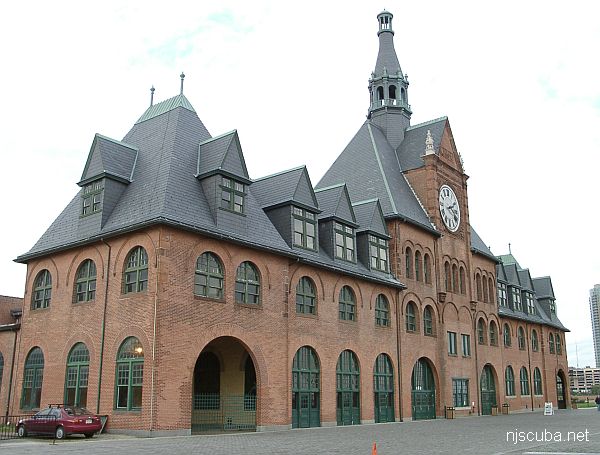
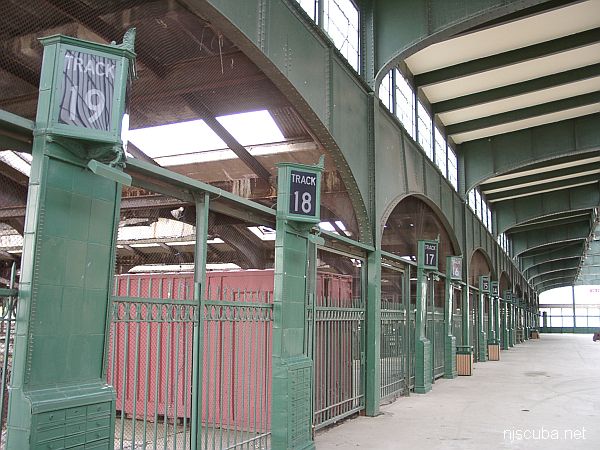
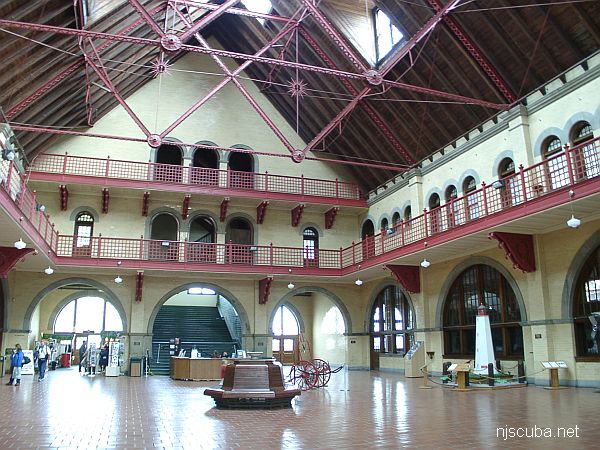
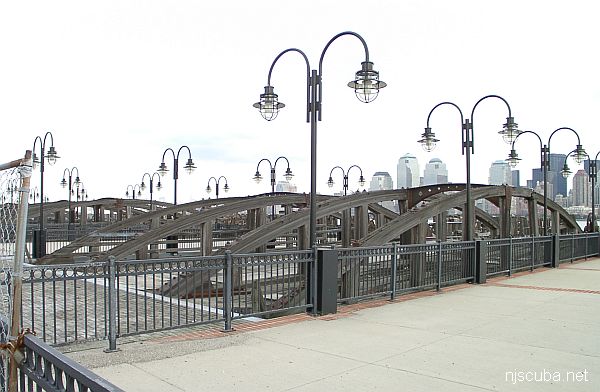
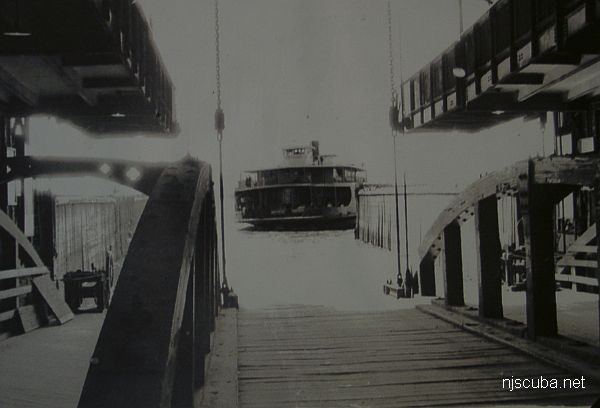

Cranford's closest sister Somerville, docked at the ferry terminal. The ferry shed blocks the view of the train terminal beyond; just the clock tower is visible. Cranford and Somerville were built together.
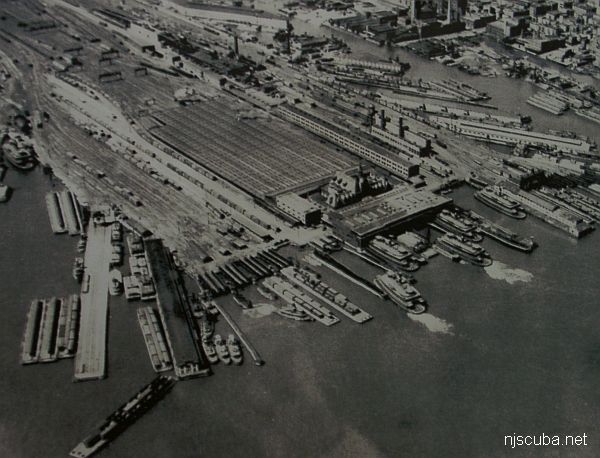
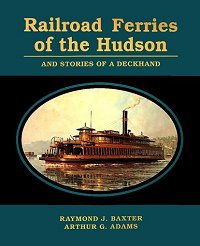
Ferry service across the Hudson, then known locally as the North River, began in the 1600s ( not counting canoes, I suppose. ) The Central Railroad of New Jersey operated as many as ten cross-Hudson ferries from the station at Jersey City, as well as several routes from Manhattan to points on the Bayshore - notably Keyport and Atlantic Highlands - with the steamers Monmouth and Sandy Hook. This service foreshadowed the New York Fast Ferry Service of today, which runs almost identical routes. During both World Wars, control of all rail and ferry services was taken over by the government, later to be released back into private hands. The CRRNJ persisted with their ferry operations in Jersey City long after the other operators had ceased - the last competing boat stopped in 1949.
However, in the 1960s the new automobile and rail crossings of the river, both above and below the surface, made the old ferries obsolete. The last ferry from Jersey City ran on April 25, 1967; thereafter the Jersey City rails were connected to the new Penn Station in Newark. The Cranford left the fleet slightly earlier in 1965. Most of the ferries were sold to other companies and eventually scrapped. Ironically, the eldest of CRRNJ's ferries, the Lakewood, has survived the longest, first as the floating display barge Second Sun for PSE&G, and later as a Hooters restaurant, before finally being sunk as an artificial reef.
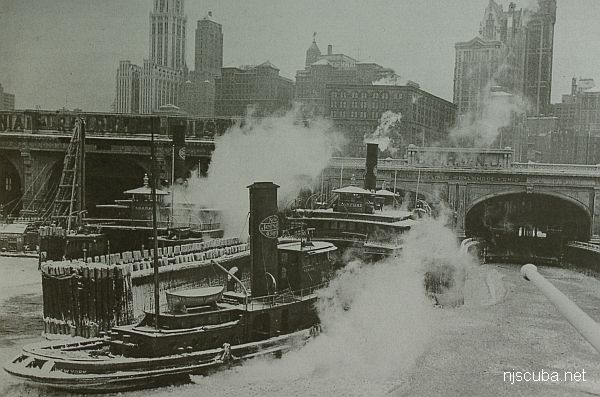
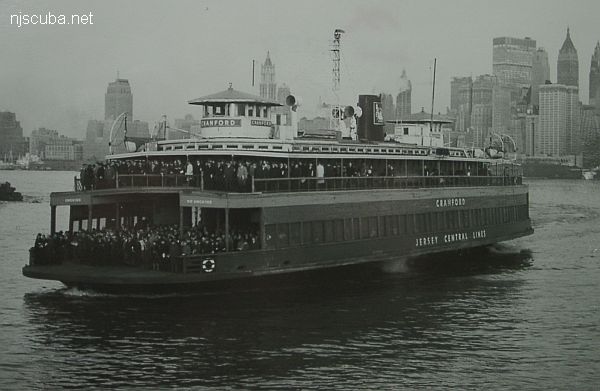
The Cranford in later years. In the 1950s all the boats received a new modern look, with two-tone green paint, white pilothouses, a shortened tapered smokestack with a Statue of Liberty logo, and radar - the only railroad company ferries to be so-equipped. Now it says SMOKING on one side and NO SMOKING on the other.
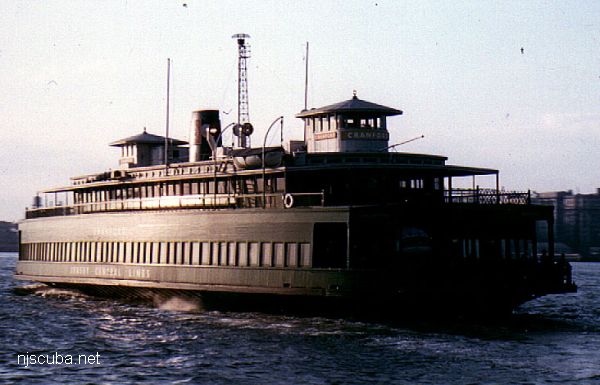
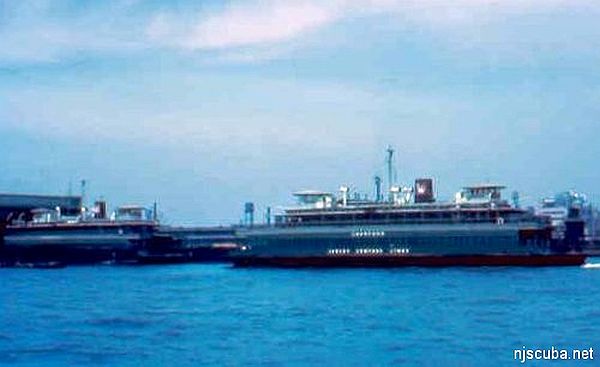
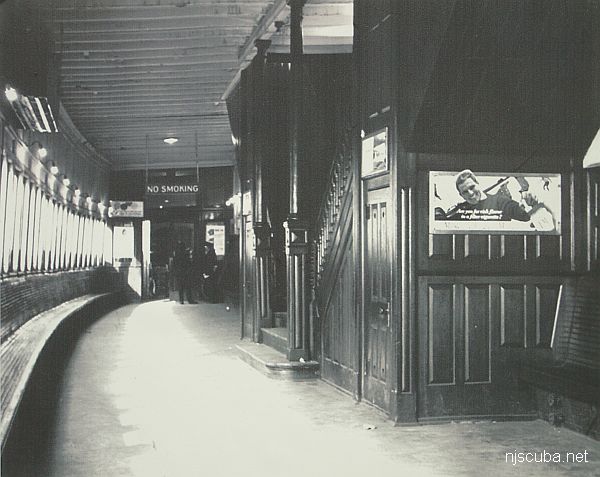
Ultimately, the automobile was the downfall of the railroad itself, and the Central Railroad of New Jersey, whose lines extended from Wilkes-Barre to Atlantic City, filed for bankruptcy for the last time in March 1967. It was a bad time for railroads everywhere. Despite their best efforts to regain profitability, the company continued to decline and was eventually folded into the Conrail system. Many of CRRNJ's old rail lines and stations are still in use, notably the NJ Transit's Bayhead line, which serves Jersey shore commuters to this day. As for the Cranford, she made thousands of uneventful river crossings in her sixty-year career, bringing millions of passengers to their destinations, on time in comfort and safety, just as she was designed to do.
After her retirement in 1965, the Cranford was sold to a pair of brothers who brought her to a dock in Brielle on the Manasquan River. She apparently made the trip under her own power. There she was converted to a floating restaurant, which was apparently quite good and very successful for a time, operating until 1979. The brothers then tried to move the vessel to a new location but were denied permits by the government, who did not want to see a repeat of the Cranford's eventful trip into the river in 1965. At that time, her superstructure collided with and damaged the railroad bridge, through which the big ship barely fit.
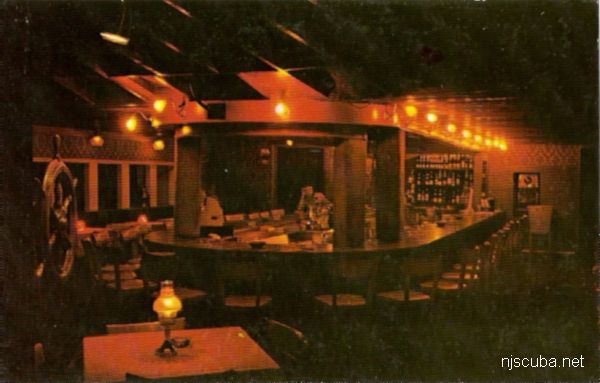
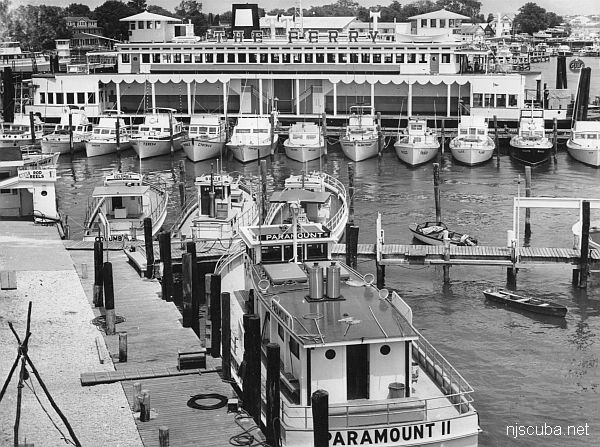
"The Ferry" restaurant, seen from the foot of the Route 35 bridge, probably in the late sixties. She appears to be laid-up at the far side of the Seeker's old dock, behind the present-day Shipwreck Grill. You might have to stare at this picture for a while, as the ferry is so much bigger than anything else in it that she merges into the background and appears to be a building onshore. Photo courtesy of Pat Colligan.
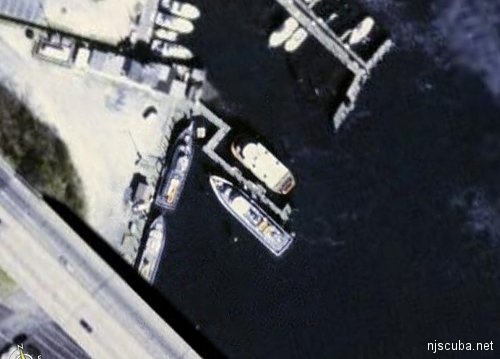
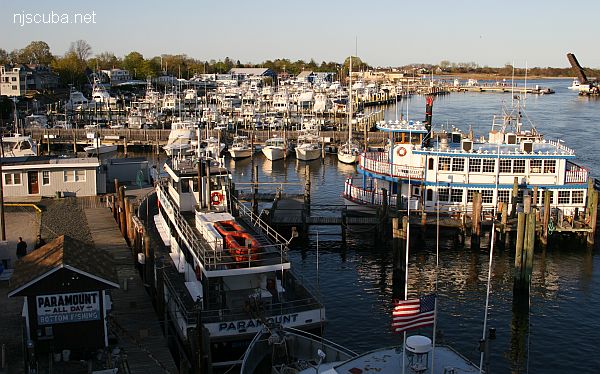
Then and now - more modern views, showing the highway bridge at the bottom, and the old dock at the top, with a new dock, built parallel to it, where the ferry was.
So the sad old ferryboat moldered and became an eyesore until 1982 when she was finally sold for one dollar to a welding concern who hacked off her entire upper works ( which were mostly wood ) and sold it for scrap. The triple-expansion steam engine, three boilers, and condenser were apparently removed as well. The remaining flat barge-like hulk was donated to the Artificial Reef Committee, carefully maneuvered through the railroad bridge and out to sea by a pair of tugboats, and sunk in the vicinity of the future Sea Girt Artificial Reef. The Cranford is today one of the most popular spots on the reef and has been visited by thousands of divers - a fitting end for the old ship. Several of the PATH cars that helped put the ferries out of business are sunk on the Sea Girt Reef as well.
Cranford is not listed in state records; nonetheless, it is one of the best reef sites out there.
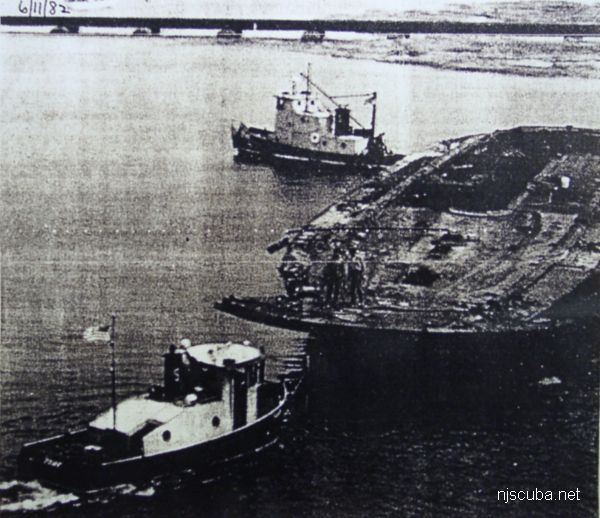
Tugboats Li'l Toot ( bottom ) and Ingrid Ann tow the commuter ferry boat Cranford from the Manasquan River out to sea. These two small tugs worked along the river for many years.
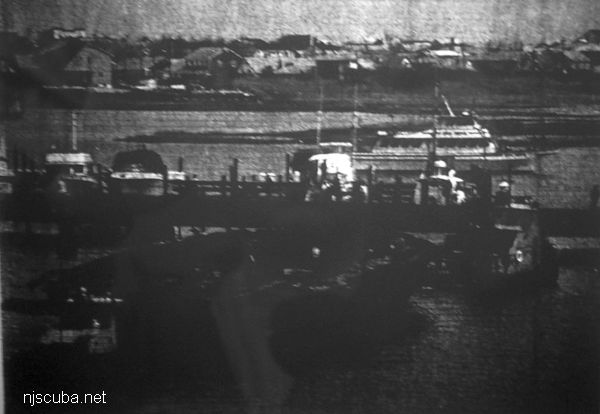
Another very poor-quality shot of the chopped-down Cranford being maneuvered down the river by the tugs.
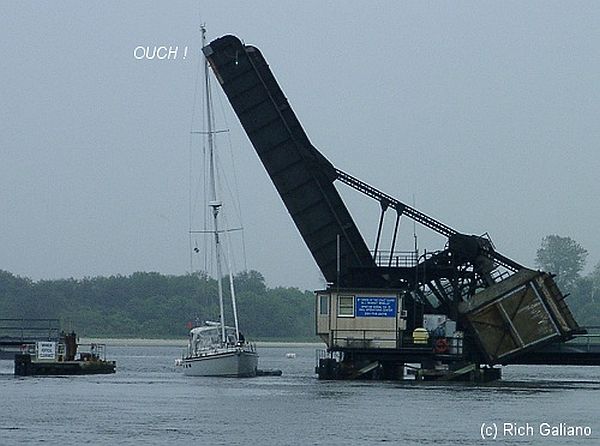
It's not hard to see how there might have been some difficulty getting a 200-foot ferry through here. This sailboat can't even seem to manage it. The Cranford's incident closed the bridge to train traffic for several days until repairs could be made. That's thousands of commuters inconvenienced. Needless to say, the railroad was miffed over the whole affair.

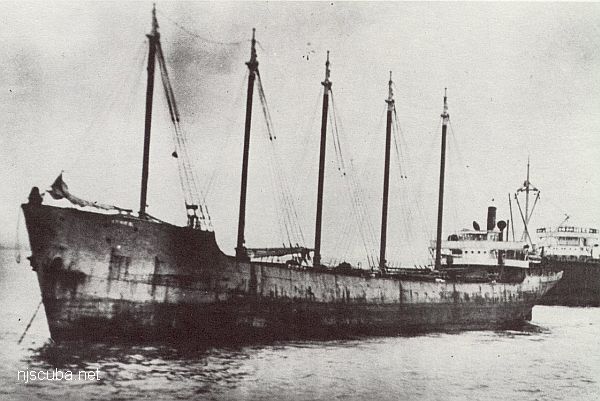
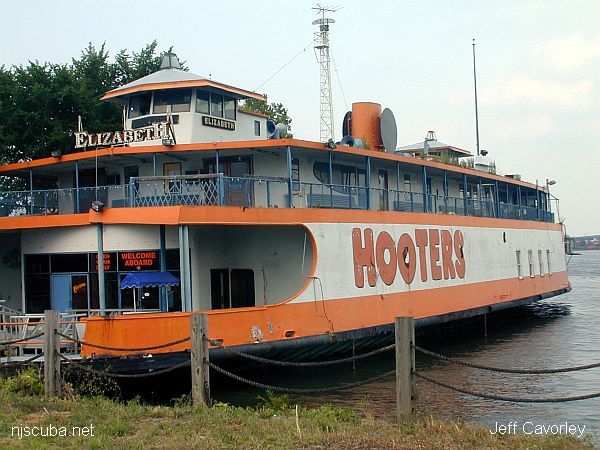
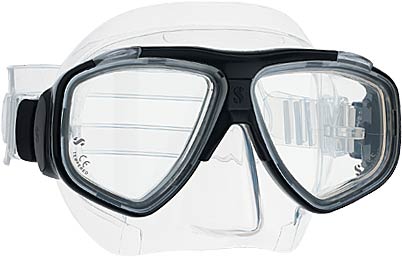
Questions or Inquiries?
Just want to say Hello? Sign the .